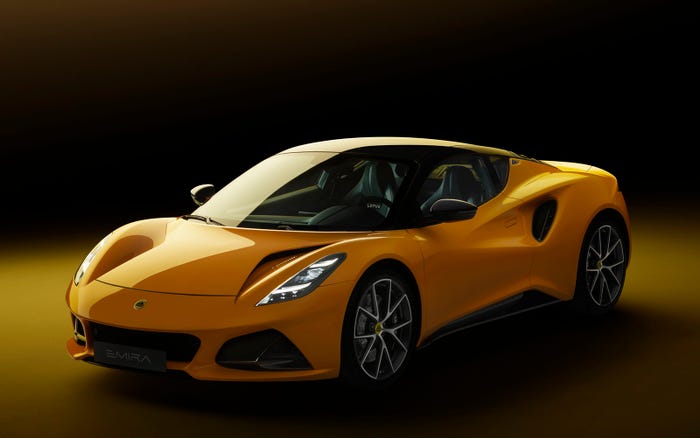Automotive Interiors: From Steel to Spider Webs
Lightweighting, the influence of Chinese consumers, dramatically different seats and “Decotainment” promise to be major disruptors in next two product cycles.
April 18, 2017

The Lexus UX Concept CUV introduced at the Paris auto show last year is noteworthy for several reasons: It features an unusual bare-bones “deconstructed” interior design; a separate world premier was staged at the motor show just for a more refined version of the vehicle’s seats; and the seat material is made from spider webs.
Auto designers have been dreaming up lightweight seats made of gossamer wings for decades, but the Lexus Kinetic Seat Concept uses synthetic spider silk that is a functional and extremely tough material.
Made by Japan-based Spiber, the main ingredient is protein created through microbial fermentation. The protein then is spun and processed into a new material with impressive properties. Another benefit is it is not derived from petroleum. Called QMONOS, it currently is being commercialized for a variety of applications.

You May Also Like



